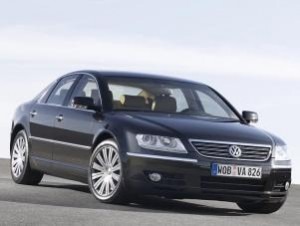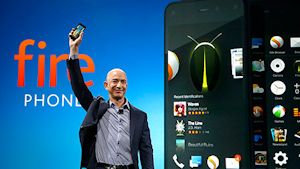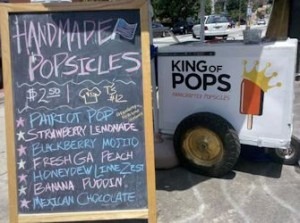Suppose I came to you with a business idea: SELLING POPSICLES.
Unlike the colorful Popsicle brand, I want to sell mine as a frozen blob on a stick without any branding or packaging. And since Popsicles normally sell for $2.50 a dozen, I also want to price mine at $2.50 — but for JUST ONE!
You would probably laugh me out of the room. But this was the business strategy for King of Pops. Three young guys wanted to bring the fresh frozen “paletas” they enjoyed on Central American beaches back to Atlanta. In the process, they created the ultimate popsicle.
This is called brand positioning: aligning a brand with customer needs.
Their brand position is not “for the mom facing a large horde of children wanting a snack on a hot summer’s day, only having a box of 20-cent Popsicles in the freezer saves the day.”
Instead, their brand position is “for the person who craves natural, homemade goodness in a frozen dessert, only the King of Pops makes popsicle-eating a healthy, tropical, gourmet pleasure.”
Everything about King of Pops communicates their brand position: “Natural, homemade, the pinnacle of popsicles.” There’s no printed packaging; it’s a hand-made product advertised on a hand-lettered chalkboard.
If you think of products being feature-driven, you might say, well, a $2.50 popsicle makes sense. Why? Because it’s a much better popsicle. But, the brand only makes sense because a target customer exists who will spare no expense for a healthier, gourmet treat.
Take that same argument to automobiles. Suppose you wanted to buy a luxury car in the $100,000 range. Great, you can choose from a Mercedes CLS, a BMW M6, or how about a Volkswagen?
“What!? Are you nuts?” you would reply. “Who would spend a hundred grand on a VW?”
As devil’s advocate, I could counter, “Well, it’s a much better VW.”
Precisely. There is no credible brand position that supports putting the same badge on a $17k Golf hatchback and a $100k VW Phaeton. The fictional brand position could be: “for the luxury car buyer who had a VW Beetle in college, only the Phaeton embraces your journey from college poverty to financial success.”
Very funny. The original Phaeton was a failure when it came out 2004 and was pulled two years later. I hope somebody lost their job.
 A very recent example is the Amazon Fire Phone. Thousands of employees worked years on the product. Close to zero phones were sold (even after slashing $200 off the price).
A very recent example is the Amazon Fire Phone. Thousands of employees worked years on the product. Close to zero phones were sold (even after slashing $200 off the price).
The reason? The Fire Phone has no credible position alongside the iPhone and the Galaxy. It’s true differentiation? It makes it easier to buy stuff on Amazon.
Brand positioning seems obvious, but in my experience, most businesses resist positioning their brand to the needs of a target customer. The reasons why are:
- We don’t want to exclude anyone as a potential customer.
- If we keep adding more features, we will ultimately prevail in the marketplace.
- We compete in a commoditized market. How can we hang our hat on a unique differentiator?
- We honestly don’t know our customer’s top-of-mind problem or need.
- This business is my baby. It’s all about me.
- Marketing is an internal function. We drink our own Kool-Aid.
When a brand is properly positioned, you can succeed with a $300 mp3 player (iPod) and fail with a $19 knock-off. Brand positioning pulls your product out of the weeds and builds loyalty from your target customers.
The knowledge needed to effectively position a brand lives within every organization. It simply needs to be harvested and re-focused in a creative manner. That’s what we do in a Brand Story® Workshop.
I plan to continue this topic with some practical case studies.
Bruce Miller
Miller eMedia | Messaging and Media to Grow Your Brand


